The Fascinating History of Pont Neuf, Paris’s Oldest Bridge (400 Years Old)
The Pont Neuf, built between 1578 and 1607, is one of the most iconic bridges in Paris and the oldest still in use. Its history reflects the evolution of the French capital from the Renaissance to the present day.
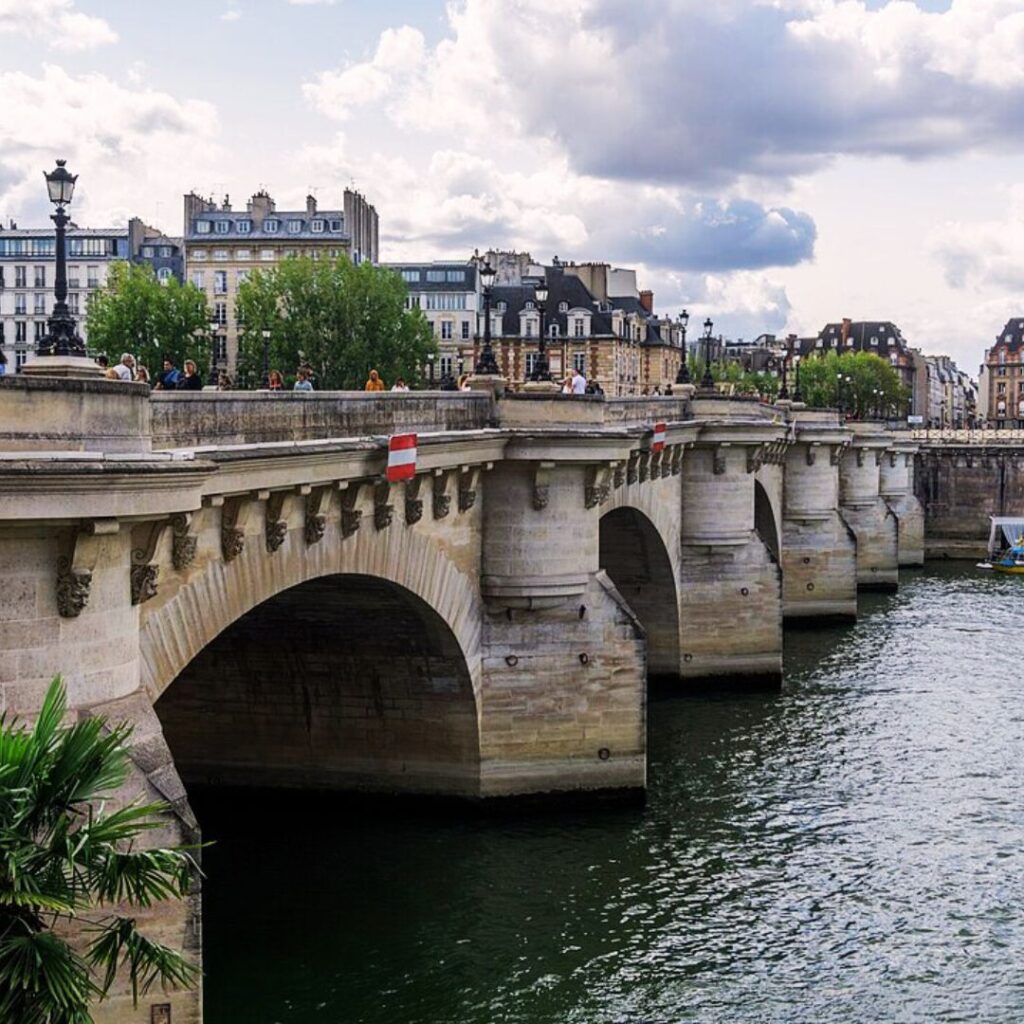
The idea for the bridge emerged during the reign of Henry III (1574 - 1589), at a time when the city was expanding, and new infrastructure was needed. The bridge was designed by architect Baptiste Androuet du Cerceau.
The foundation stone was laid in 1578, but work was halted several times due to political conflicts, particularly the Wars of Religion. Construction finally concluded in 1607 under the reign of Henry IV, who viewed the bridge as a symbol of peace and unity for the kingdom.

The bridge's construction with large stone piers made it stronger and more resilient to the Seine’s currents. This durability has made the Pont Neuf one of Paris’s longest-standing bridges.
A Bridge Like No Other
The Pont Neuf marked a turning point in Parisian urban planning. Unlike other bridges of the time, it was free of houses, creating open space and offering clear views of the Seine. This significant innovation highlighted the city's desire to modernize.
The bridge was also equipped with wide sidewalks, a new feature at the time, that allowed pedestrians to move more freely.
The Pont Neuf is adorned with 381 mascarons, grotesque stone faces sculpted under the cornices, inspired by Renaissance Italy. Each unique face has intrigued and captivated passersby for over 400 years.
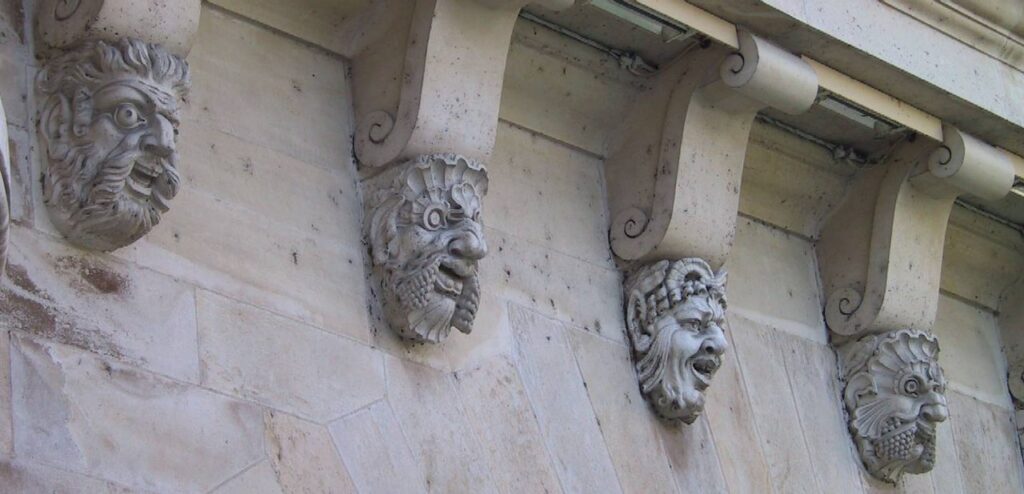
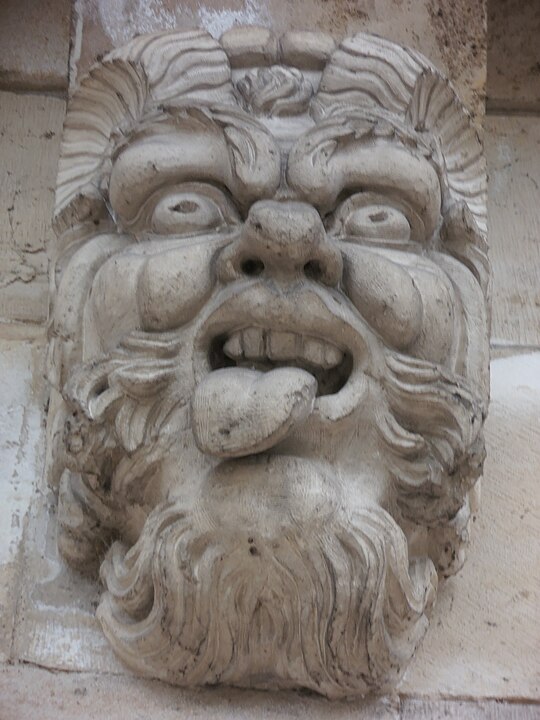
In 1614, an equestrian statue of Henry IV was installed at the bridge’s center. This was the first royal bronze statue in Paris, honoring the “good King Henry.” Sadly, it was destroyed during the French Revolution in 1792. A new statue, created by sculptor François-Frédéric Lemot, was erected in 1818 and still stands proudly on the bridge today.
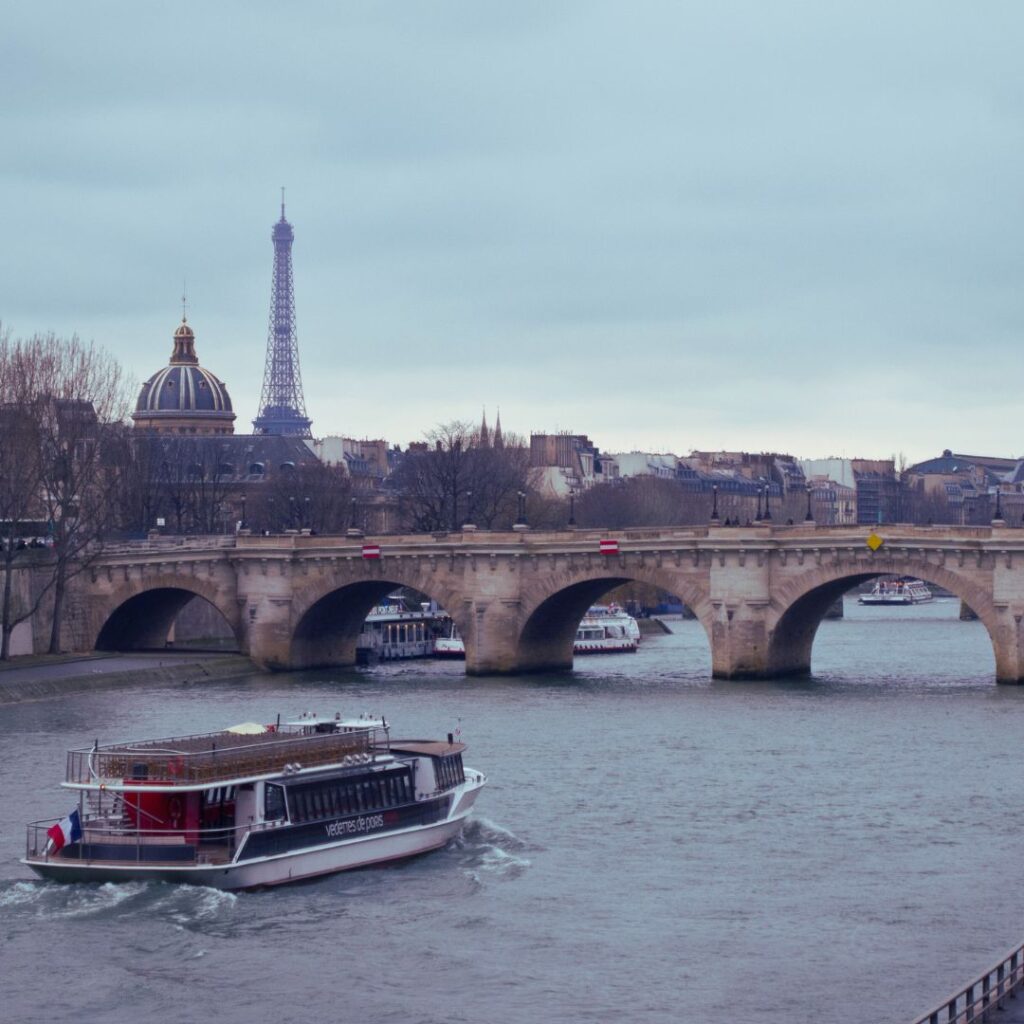
In the 17th and 18th centuries, the Pont Neuf was a vibrant hub of Parisian life, with stalls selling everything from food and perfumes to “canards,” early gossip sheets. The bridge was a lively marketplace filled with vendors, fortune-tellers, and entertainers, shaping the city’s social and cultural life.

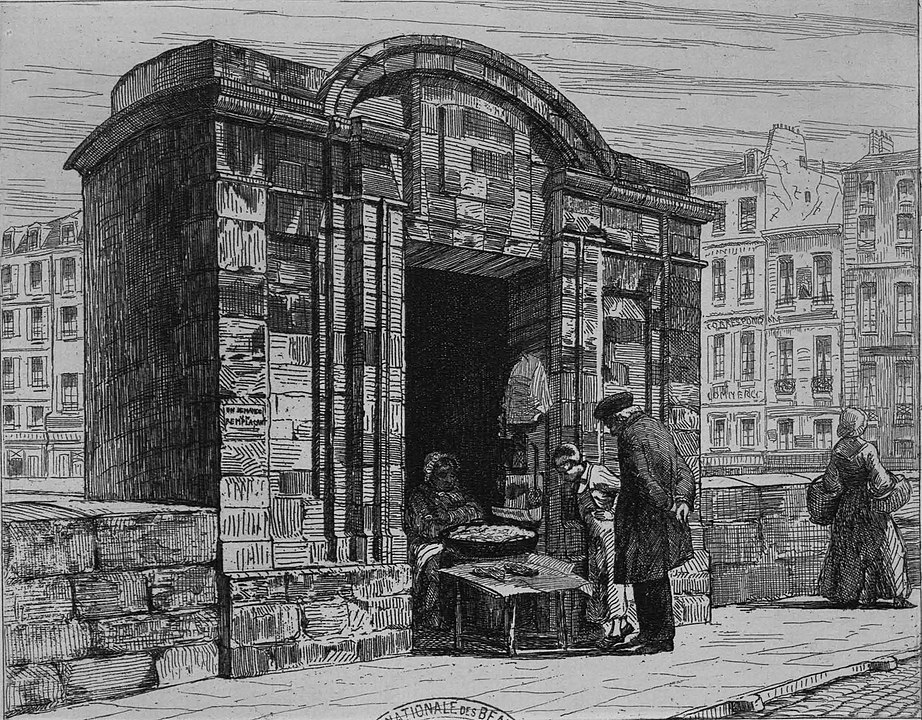
As Paris modernized in the 19th century, these stalls were removed to preserve the bridge’s architectural beauty and accommodate new urban planning goals
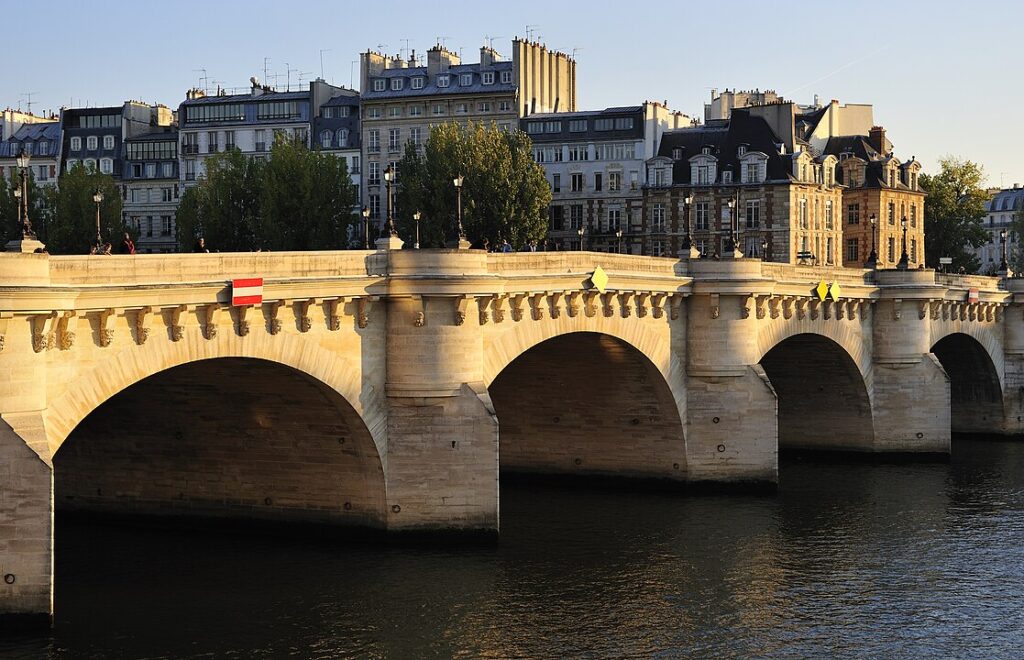
The Pont Neuf was designated a historical monument in 1889 and is a strong symbol of Parisian history and culture. It is one of the city’s most visited sites, loved by both tourists and Parisians.
The bridge offers exceptional views of the Louvre, the Institut de France, and the Seine’s quays. At the end of the bridge, the Square du Vert-Galant, created at the tip of Île de la Cité, is a peaceful spot where visitors sit and enjoy the view.
The Pont Neuf now serves as a pedestrian pathway and a starting point for river cruises, with a unique perspective on the Seine and the city. It remains an emblem of Parisian spirit that inspires Paris lovers worldwide.
